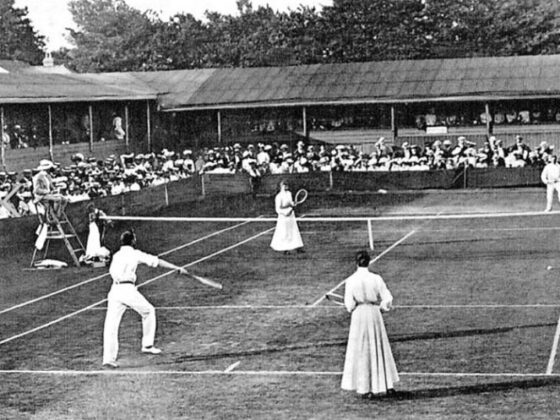27.12
DIY pool
Category: pools, fountains and waterfalls
Immediately before building a pool without the help of experts, the drawing should be prepared. The pool can be made of any shape and with different water supply and drainage system. The water supply and overflow system can be performed simple without equipment or use inexpensive equipment, which is installed by your own.
Next, you need to select the location of the pool on the site. This place of the pool is best chosen based on the location of the sewer. The sewage system should be as close as possible to the future pool, since from the long sewage you can not do not dock the drain due to the pipe that will be placed below.
After choosing the location of the pool and flow of water, the construction of the pool can begin.
The simplest options are square and rectangular pools. However, if desired, you can create an oval pool or pool with inclined walls.
First of all, for construction in a black version, you need a knitting wire from 6 to8 mm to knit a frame, plywood or a smallboard for the construction of formwork, concrete and its components, plaster for waterproofing or hydraulic cement.
The next step is to dig up a pile for the pool. After that, it is necessary to dig two trenches to lay the supply of water and drain. Then you need to lay a plastic film throughout the pit, attaching it on top of the pit and falling asleep with sand and earth. Next, you should tie the frame from the wire to the upper level of the earth. If the pool should be higher than the ground level, then the frame must also be increased by the same height. Having tied the frame, you can proceed to the construction of the formwork. Having collected the formwork inside the pit, the space between the formwork and the soil is approximately 25-30 cm, depending on the volume of the pool. If the pool is oval or with inclined walls, then the formwork can be segmented, in the upper part, in the lower – already. Before making such a formwork, it is necessary to draw its scheme on paper.
Next, it is necessary to pour the bottom of the pool with concrete, after which the formwork is installed. Then you need to fix the formwork very carefully and carefully, since when pouring concrete, it can turn out. Before pouring concrete, it is necessary to install nozzles for supplying water and drain so that in the future there is no need to drill holes in concrete under them. After pouring concrete two days after drying it, you can remove the formwork and plaster the walls. After performing the main work, water should be brought to the pool, also setting the taps for its timely overlap. It is also necessary to install a sewer pipe for overflowing and draining the pool. Then you can cover the pool with mosaic tiles. Before laying the tiles, you need to smooth the upper part of the pool horizontally, since the tile is laid down from top to bottom. Tiles are also laid along the end of the pool, after which the territory around the pool can be covered with paving slabs or make a concrete site.
If it is necessary to improve the pool, for example, put a pump for distillation or pumping water, then preliminarily before pouring concrete, the wiring should be laid.









